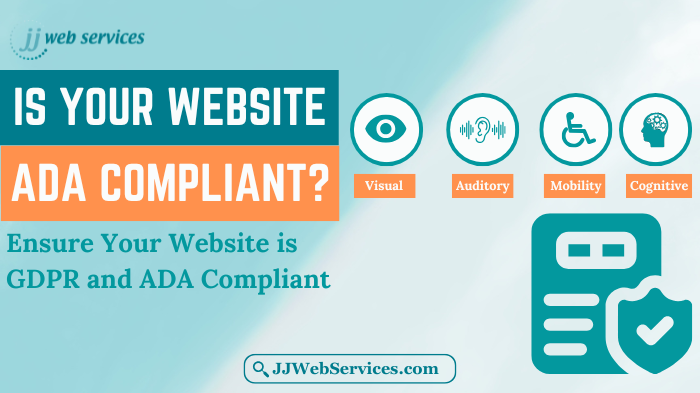On-site and Off-site SEO: Find a Balance for Success

The entire realm of search engine optimization (SEO) involves so many different elements that you can quickly become confused or overwhelmed with the process. Hiring professionals who have the experience and up-to-date knowledge of this type of marketing is one great option. However, understanding of both on-site and off-site best practices can help you make some changes and forward progress yourself.
What Is On-site SEO?
The majority of on-site SEO deals with content and code. These are the things you can control quite easily with a comprehensive optimization strategy. When it comes to code, the most important things are accuracy and currency. Ensure all the developmental stuff that makes your website function is up-to-date and correct.
Content-based SEO can involve many other elements. At its base, it involves finding competitive keyword phrases, creating various types of content like blog posts on your site, and properly using things like image alt tags and internal links.
What Is Off-site SEO?
Off-site SEO involves content marketing with a primary focus on backlink building. The more natural links you get from-value pages, the more worthy your website will appear to the search engines and consumers. Where can you place content and links to boost your search engine optimization? Some options include:
- Social media pages
- YouTube or other video sharing sites
- Local or business directories
- Niche-specific websites that are not direct competitors
Create a Balanced Search Engine Optimization Strategy
Building an effective plan for both on-site and off-site SEO does not have to be complicated, but it should be thorough if you want the best possible results. These simple steps will help you get started.
1 – List your target audience’s pain points or interests to come up with content topics.
2 – Research high-traffic but low-competition long-tail keyword phrases associated with them.
3 – Create a website page or blog posts for each of those keywords using the latest optimization practices. Remember, the days of keyword stuffing are long gone.
4 – Post interesting, entertaining, and high-value blog posts at least once per week.
5 – Include optimized, compressed, and responsive photos and other graphics with appropriate alt and title tags with keywords inside.
6 – Link associated blog posts and other internal content together to help draw your audience from page to page and make your website stickier.
7 – Create appropriate off-site content with optimized links back. This includes guest blogging articles, social media posts, and more.
8 – Collect data for all pieces of content and links, measure your results, analyze what works and what does not, and focus on the best optimization practices that are getting you the results you need to succeed.



